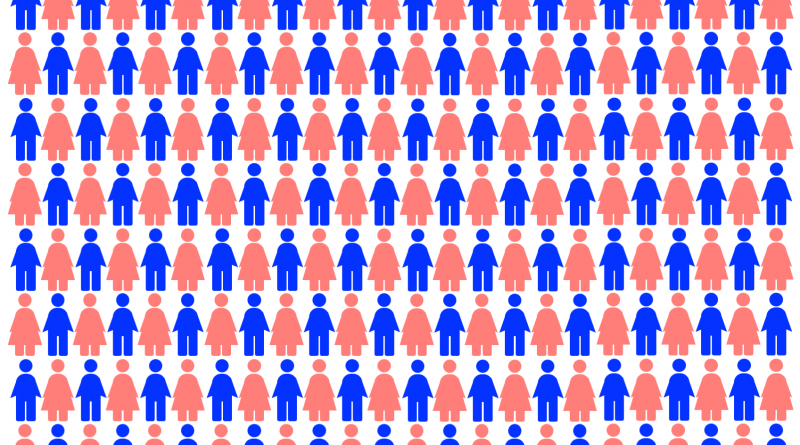Does the UK have enough doctors?
According to the General Medical Council (GMC) we have about 237,000 doctors in the UK, but they fall into different categories – there are the 67,000 active qualified GPs and over 70,000 qualified specialists as well as those still in training (15,000 in foundation training plus another 40,000 training to become GPs or specialists). The numbers of qualified doctors have been increasing steadily over recent years.
If we compare the UK with other countries the picture is interesting – per 1,000 people in the population we have about 2.8 doctors in Britain against the EU average of 3.4. But there is very wide variation within Europe – Greece has more than 6 doctors per thousand people while Poland barely has 2. Outside the EU the variation is even starker with a whole slew of poorer African countries having less than 0.5 doctors per 1,000 population and several having less than 0.1 where one doctor is theoretically responsible for 10,000 people, as against the 357 a doctor cares for in the UK. By contrast the most doctored country is Cuba with 7.5 doctors per 1,000 population – one doctor for every 130 people.
The make-up of UK doctors is interesting and quite relevant to the question of whether we have enough. Measured by country in which they qualified, British doctors are much more likely to be foreign than the population at large – 26% are from outside the EU with half of these (13%) being originally from India or Pakistan. According to the GMC, a further 11% are from Europe, so if Brexit tempts (or forces) some of these to return to the country where they qualified that would put significant pressure on numbers. 80% of all doctors are under 55, so our doctors are not an old bunch and if they retire later that could give a good boost to doctor numbers. In terms of numbers of General Practitioners (GPs) these have increased over the last 10 years by about 20% from 56,000 to 67,000, so there isn’t an obvious crisis in GP numbers despite the shrill cries of the Daily Mail.
However none of this takes account of the two seismic shifts that are affecting delivery of medical services – the ageing population and the introduction of new technologies. The ageing of the population can be most vividly conveyed by looking at how many centenarians there are (people aged over 100 years). In the last 15 years this number has doubled to 15,000 and in 15 years’ time there will be over 100,000 centenarians. The over 90s also are a group which is growing quickly. Older people are more likely to have chronic conditions and many of them will have multiple chronic concerns. Given the correlation between age and medical need this has great implications for the demand for doctors. The challenge may not be so much the number of doctors but the number who are qualified in geriatric medicine. Perhaps the other great change – new technology – could help with this. More patients can be “seen” by machine and artificial intelligence and machine learning can to some extent be harnessed to deal with the increasing demand. The medical landscape is changing.




